Tilling new garden plot
farmerswife1
9 years ago
Related Stories

LIFERetirement Reinvention: Boomers Plot Their Next Big Move
Choosing a place to settle in for the golden years? You're not alone. Where boomers are going and what it might look like
Full Story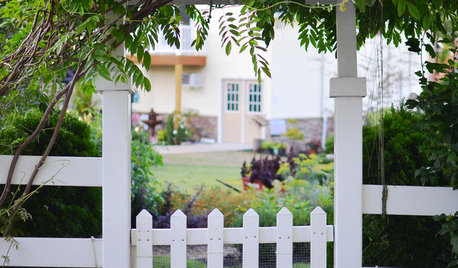
GARDENING GUIDESGarden Tour: A Ravaged Plot Emerges as a Showpiece
From natural disaster to natural beauty, this suburban Pennsylvania garden recovered in style
Full Story
GARDENING GUIDESWindy English Plot Becomes a Kitchen Garden
A garden in Derbyshire’s Peak District combines practical elements and beautiful design
Full Story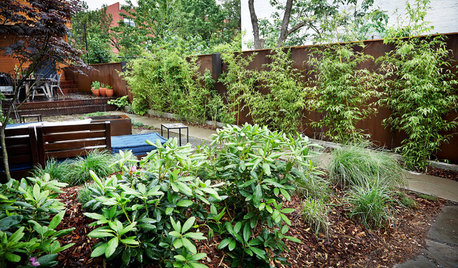
LANDSCAPE DESIGNA Front Yard Regrows in Brooklyn
Hurricane Sandy ravaged this New York City plot, but two landscape designers have rebuilt it to be better and stronger than ever
Full Story
SPRING GARDENINGHow to Grow a Rose Garden in Pots
Everything can come up roses, even without a plot of soil in sight. This step-by-step guide to growing roses in containers shows you how
Full Story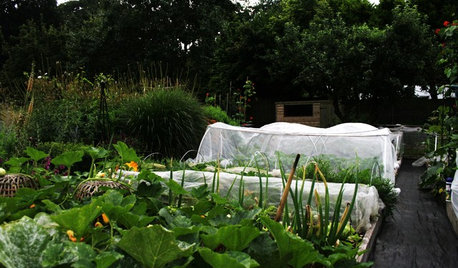
EDIBLE GARDENSFood and Community Thrive in a U.K. Allotment Garden
Get a peek at a rented garden plot in England where edibles and flowers mix and local residents can mingle
Full Story
DECORATING GUIDES8 Space-Savvy Gardens
If a windowsill or a small balcony is the only garden space you have, look to these smartly styled plant plots for inspiration
Full Story
LANDSCAPE DESIGNSmall Garden? You Can Still Do Bamboo
Forget luck. Having bamboo that thrives on a wee plot just takes planning, picking the right variety, and keeping runners in check
Full Story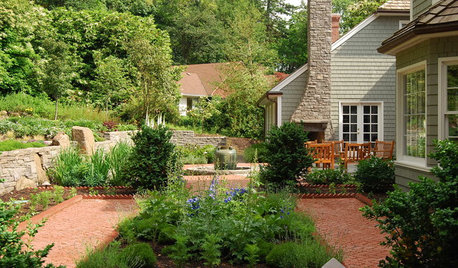
GARDENING AND LANDSCAPINGHerb Gardens for Indoors and Out
Plant a Plot or Steal Some Counterspace for a Fresh Addition to Mealtime
Full Story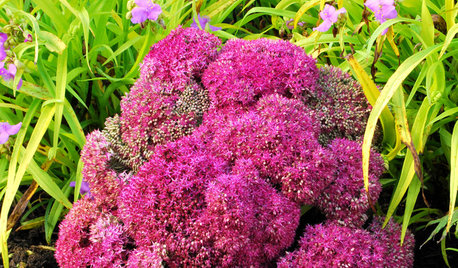
GARDENING GUIDESGreat Design Plant: Sedum (Stonecrop)
Terrific at filling gaps and in a wide range of colors and shapes, sedum is a problem solver in the garden
Full Story






Lloyd
Kimmsr
Related Professionals
Fort Lee Landscape Architects & Landscape Designers · Zion Landscape Architects & Landscape Designers · Paradise Landscape Architects & Landscape Designers · Edmond Landscape Contractors · Westwood Landscape Contractors · Hannibal Landscape Contractors · Lorain Landscape Contractors · New Braunfels Landscape Contractors · Pahrump Landscape Contractors · Stony Brook Landscape Contractors · Tigard Landscape Contractors · Weymouth Landscape Contractors · North Aurora Landscape Contractors · Clute Decks, Patios & Outdoor Enclosures · Monroeville Decks, Patios & Outdoor Enclosurespnbrown
User
wayne_5 zone 6a Central Indiana
wayne_5 zone 6a Central Indiana
User
farmerswife1Original Author
Pyewacket
Kimmsr
Pyewacket
Kimmsr